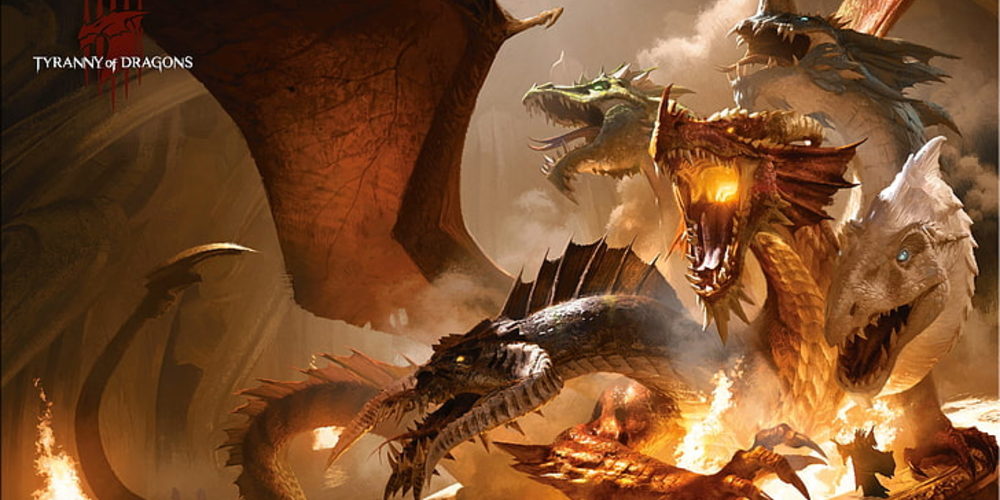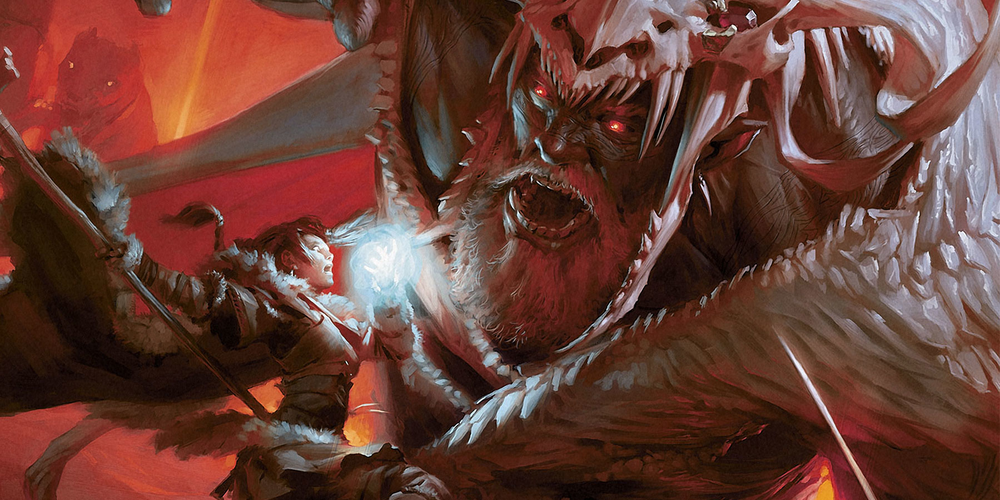Mastering the Rogue's Sneak Attack in D&D 5e: A Comprehensive Guide
May-27-2024

Delve into the intricacies of utilizing the rogue's Sneak Attack in D&D 5e effectively. This guide covers the necessary conditions, tactical approaches, and synergistic subclass abilities to maximize your combat effectiveness.
In Dungeons & Dragons 5th Edition, the rogue class is distinguished by its unique mechanics and playstyle. Unlike martial classes such as fighters, barbarians, and monks, which often rely on straightforward damage-dealing methods, rogues blend cunning, strategy, and teamwork. Sneak Attack stands out as the rogue's most combat-focused feature, allowing for significant damage through careful planning and precise execution. However, it comes with specific conditions that require strategic management.
Understanding the Rogue's Unique Role
Rogues and their various subclasses are unique in D&D for their emphasis on skills and abilities that shine outside of combat. This design encourages a subtler, more indirect approach, suited to roles like thieves or assassins. Expertise, one of the rogue's hallmark features, allows them to excel in skill checks. When applied to skills such as Stealth, Sleight of Hand, or Thieves' Tools, Expertise makes rogues masters of infiltration and theft.
In combat, however, the rogue's strategy is centered around Sneak Attack. This feature not only makes rogues potent fighters but also ties their out-of-combat cunning into their combat tactics.
How Sneak Attack Works For 5e Rogues
Extra Damage Under Specific Conditions

Starting at first level, rogues can use Sneak Attack to deal extra damage on a hit, but specific conditions must be met. The attack must be made with a finesse or ranged weapon, like a dagger, rapier, or bow. Additionally, the attack must either have advantage or target an enemy within five feet of an ally. Sneak Attack cannot be used if the attack is made with disadvantage or if the target is incapacitated.
Sneak Attack begins with an extra 1d6 damage and increases by 1d6 for every two rogue levels, reaching up to 10d6 at level 20.
Practical Applications and Examples
Consider a rogue who attacks an enemy next to the party's fighter. In this case, Sneak Attack can be applied even if the attack lacks advantage. Alternatively, if a rogue attacks a prone enemy, they can use Sneak Attack due to the advantage on the attack roll. However, if a rogue attacks while blinded, the disadvantage prevents Sneak Attack until the condition is resolved.
Cunning Action and Its Impact
At level two, rogues gain Cunning Action, allowing them to Dash, Disengage, or Hide as a bonus action. This ability enables rogues to attack in the same turn they use these actions. Successfully hiding can grant advantage on attacks, offering a way to apply Sneak Attack independently, though this is somewhat dependent on the Dungeon Master's discretion.
Some DMs allow Sneak Attack on Opportunity Attacks, which are reactionary attacks when an enemy leaves the rogue's reach. This ruling can sidestep the once-per-turn restriction of Sneak Attack, adding another layer of tactical depth.
The Importance of Teamwork and Strategy
Rogues excel through teamwork and strategic positioning. Unlike other martial classes that may rely on brute strength or multiple attack rolls, rogues need to plan their actions to ensure Sneak Attack conditions are met. This often involves coordinating with party members to position advantageously or create situations where enemies are surrounded or distracted.
For example, a rogue might flank an enemy with a fighter to meet Sneak Attack conditions. Alternatively, a rogue might use Cunning Action to hide and strike from the shadows, using stealth to gain advantage.
Advanced Tactics and Subclass Synergies

As rogues level up and choose subclasses, they gain features that enhance Sneak Attack. Subclasses such as the Assassin or Arcane Trickster provide abilities that synergize with Sneak Attack for devastating combinations.
The Assassin's Assassinate feature provides an advantage on attack rolls against enemies who have not yet acted in combat. Additionally, any successful hit on a target that is surprised will be treated as a critical hit. Pairing this with Sneak Attack can result in a massive damage burst at the start of combat. The Arcane Trickster can use spells like Invisibility or minor illusion to create opportunities for Sneak Attack by gaining advantage or altering the battlefield.
Conclusion
The rogue's Sneak Attack is a defining feature that differentiates it from other martial classes in D&D 5e. Requiring specific conditions for extra damage, Sneak Attack pushes rogues to be strategic, cunning, and collaborative. Coupled with features like Cunning Action and Expertise, rogues offer a challenging yet rewarding playstyle.
Understanding the nuances of Sneak Attack is vital for players aiming to master the rogue class or DMs looking to appreciate its finer points. With strategic planning, teamwork, and cunning, rogues can become powerful combatants and invaluable allies.







